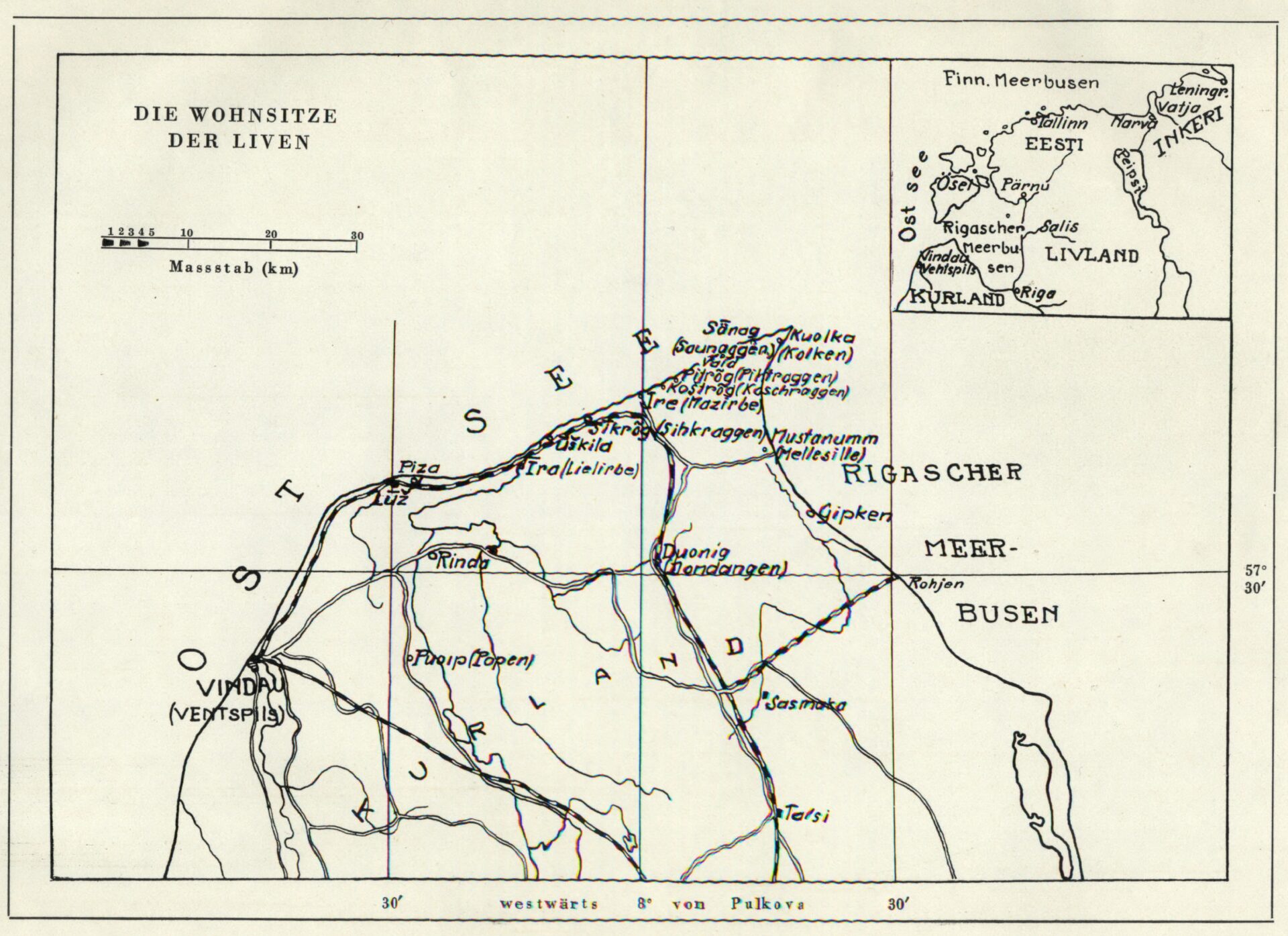
Livonian
2.2. Gramatik / Grammar
Conjugation group I
This conjugation group includes three verbs: vȱlda ’to be’,pānda ’to put’, and tūlda ’to come’. They have weak grade infinitive forms. Unlike regular ā-stem verbs (see Conjugation group III), the present plural and negative forms of pānda and tūlda are strong grade.

The 3rd person plural forms of the verb vȱlda –ātõ, attõ, āt, at – were originally the so-called quick speech forms, but these have now have replacedumātõ and for the most part alsoumāt.
Good to know. In Western Livonian, the 1st person singular form ofvȱlda is ūo ,while in Central Livonian, it is ūob. The verb tūlda has ū-stem forms in the singular in Western and Central Livonian, in the Eastern Livonian village of Vaid, and – depending on the person – also in Sīkrõg with pānda ’to put’ changing in the same way in the latter. Attempts were also made in the 1930s to introduce forms likeūob, panūb, andtulūb into written Livonian texts.
Conjugation group II
This group includes verbs with a monosyllabic vowel stem. The broken tone in the infinitive does not always occur in the present tense stem (see e.g., tī’edõ ’to do, to make’).

Conjugation group III
This group includes disyllabic verbs with gradation. Depending on the final vowel of the present singular stem, the gradational verb stems are divided into a/ā-, ū-, and õ-stems.


It should be noted that in the case of a/ā-stems, both the affirmative and negative present tenses are weak grade. In ū– and õ-stem words, all affirmative singular forms are weak grade and all plural forms are strong grade.
Conjugation group IV
This group includes verbs with consonants stems without gradation.



